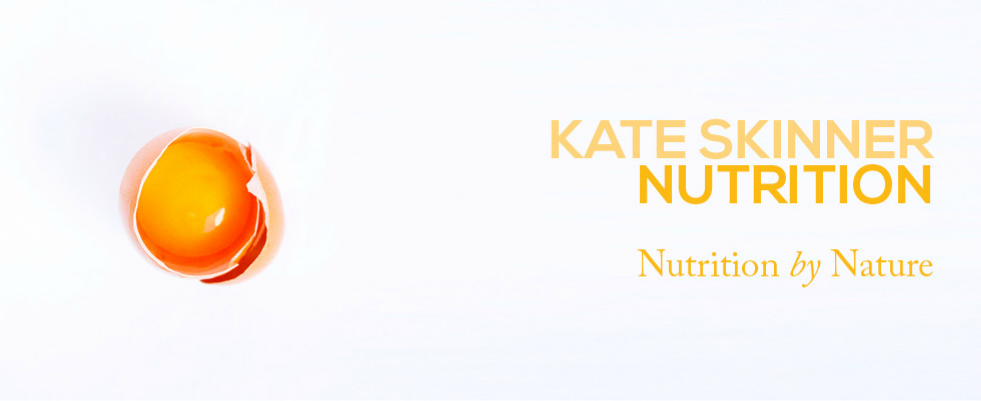As the incidence of obesity and other diet-related conditions such as heart disease, diabetes, metabolic syndrome and some forms of cancer have skyrocketed in Western developed countries in the last hundred years, it’s interesting to look back at how the main foods in our diets have changed during this same time period.
(Note, figures reference US dietary data, however I would estimate that they correlate similarly to the standard Australian diet as well.)
Let’s take a look at what food items and nutrients have DECREASED in our diets over the period 1909-19 until 2004:
Let’s take a look at what food items and nutrients have DECREASED in our diets over the period 1909-19 until 2004:
- Butter consumption dropped by 73% from 8.1kg per capita per year to 2.2kg per capita per year.
- Lard consumption dropped by 77% from 5.8kg per capita per year to 1.3kg per capita per year.
- Lamb consumption dropped by 81%, pork consumption dropped by 14%, beef consumption dropped 0.4% and game consumption dropped by 2.7%.
- Saturated fats from meat dropped from 30.3% of the total dietary saturated fat content to 16.1% of the total dietary saturated fat content. Saturated fats from all animal sources dropped from 31.5% total dietary saturated fat content to 22.5% total dietary saturated fat content. Saturated fats from whole (full fat) milk sources dropped from 12.5% total dietary saturated fat content to 2.8% total dietary saturated fat content.
- Total animal fat dropped from 88% total fat calories to 61% total fat calories.
- Cholesterol consumption dropped by 16% from 440mg/day (peaking at 510mg/day in 1940-49) to 430mg/d. Cholesterol from red meat dropped from 27.2% of total dietary cholesterol to 25.1% of total dietary cholesterol. Cholesterol from whole milk dropped from 9.3% of total dietary cholesterol to 2.4% of total dietary cholesterol. Cholesterol from butter dropped from 10.3% of total dietary cholesterol to 2.9% of total dietary cholesterol. Cholesterol from eggs dropped from 38.4% of total dietary cholesterol to 35.9% of total dietary cholesterol.
- Whole (full-fat) milk consumption dropped from 5.1% total calories to 1.2% total calories. Cheese and low-fat milk consumption rose during the same time period, but overall dairy consumption dropped by 15%.
- Egg consumption dropped by 7.3% from 16.1kg per capita per year to 14.9kg per capita per year.
- Dietary potassium (from vegetables and fruits) dropped from 3880mg/day to 3820mg/day.
(via Whole Health Source)
… And, during the same time period, the nutrients and foods that have significantly INCREASED in our diets:
- Total polyunsaturated fatty acids (PUFAs) (from corn, soy, sunflower, other vegetable oils etc) increased by 2,051% from 0.7kg per capita per year to 14.7kg per captia per year.
- Soybean oil increased by 116,300% from 0.009kg per capita per year to 11.64kg per capita per year (a 123,810% increase in percentage of total calories in our diets).
- Canola oil increased by 16,700% (in just 13 years from its introduction in 1986) from 0.01 to 0.8kg per capita per year.
- Margarine consumption increased by 1,038% from 0.3 kg per capita per year to 3.6 kg per capita per year
- Shortening (hydrogenated vegetable and seed oils found in cakes, pastries, biscuits, etc) consumption increased by 170% from 3.3kg per capita per year to 9kg per capita per year.
- Sugars and sweeteners increased by 88% from 38.3kg per capita per year to 71.9kg per capita per year (a 59% increase in percentage of total calories in our diets).
- Poultry consumption increased by 454% from 7.8kg per capita per year to 43.2kg per capita per year.
- Nut consumption increased by 155% from 1.5kg per capita per year to 3.8kg per capita per year.
- Omega-6 (linoleic acid) fatty acid consumption increased by 167% from 11.46g per day to 30.61g per day (a 158% increase in percentage of total calories in our diets) (mostly from soybean oil).
- Total fat consumption increased just 1.7% (total animal fats dropped as a percentage of total fats from 88% to 61% and total vegetable fats increased as a percentage of total fats from 11% to 38%) but reduced as a percentage of total calories of our diets by 39%.
(via Whole Health Source)
(via Whole Health Source)
Just some food for thought.
Further reading (highly recommended):
Precious yet perilous by Chris Masterjohn
Why you should eat more (not less) cholesterol by Chris Kresser
Further listening (audios):
Chris Masterjohn on cholesterol & heart disease part 1, part 2 and part 3
References:
Blasbalg T, Hibbeln J, Ransden C, Majchrzak S, Rawlings R. Changes in consumption of omega-3 and omega-6 fatty acids in the United States during the 20th century. Am J Clin Nutr. 2011 May;93(5):950-62. link
Hiza H, Bente L. Nutrient content of the US food supply, 1909-2004: A summary report. Home Economics Research Report No. 57. US Department of Agriculture, Centre for Nutrition Policy and Promotion. Feb 2007. link
Guynet S. Have seed oils caused a multi-generational obesity epidemic. Whole Health Source. April 23, 2010. link
Masterjohn C. Precious yet perilous. The Weston A. Price Foundation. Sept 22, 2010. link
Further reading (highly recommended):
Precious yet perilous by Chris Masterjohn
Why you should eat more (not less) cholesterol by Chris Kresser
Further listening (audios):
Chris Masterjohn on cholesterol & heart disease part 1, part 2 and part 3
References:
Blasbalg T, Hibbeln J, Ransden C, Majchrzak S, Rawlings R. Changes in consumption of omega-3 and omega-6 fatty acids in the United States during the 20th century. Am J Clin Nutr. 2011 May;93(5):950-62. link
Hiza H, Bente L. Nutrient content of the US food supply, 1909-2004: A summary report. Home Economics Research Report No. 57. US Department of Agriculture, Centre for Nutrition Policy and Promotion. Feb 2007. link
Guynet S. Have seed oils caused a multi-generational obesity epidemic. Whole Health Source. April 23, 2010. link
Masterjohn C. Precious yet perilous. The Weston A. Price Foundation. Sept 22, 2010. link

